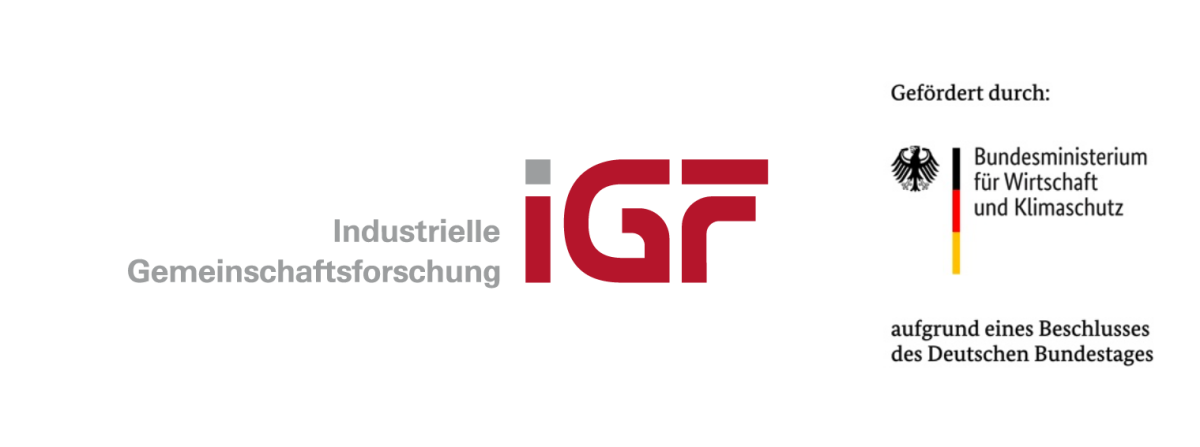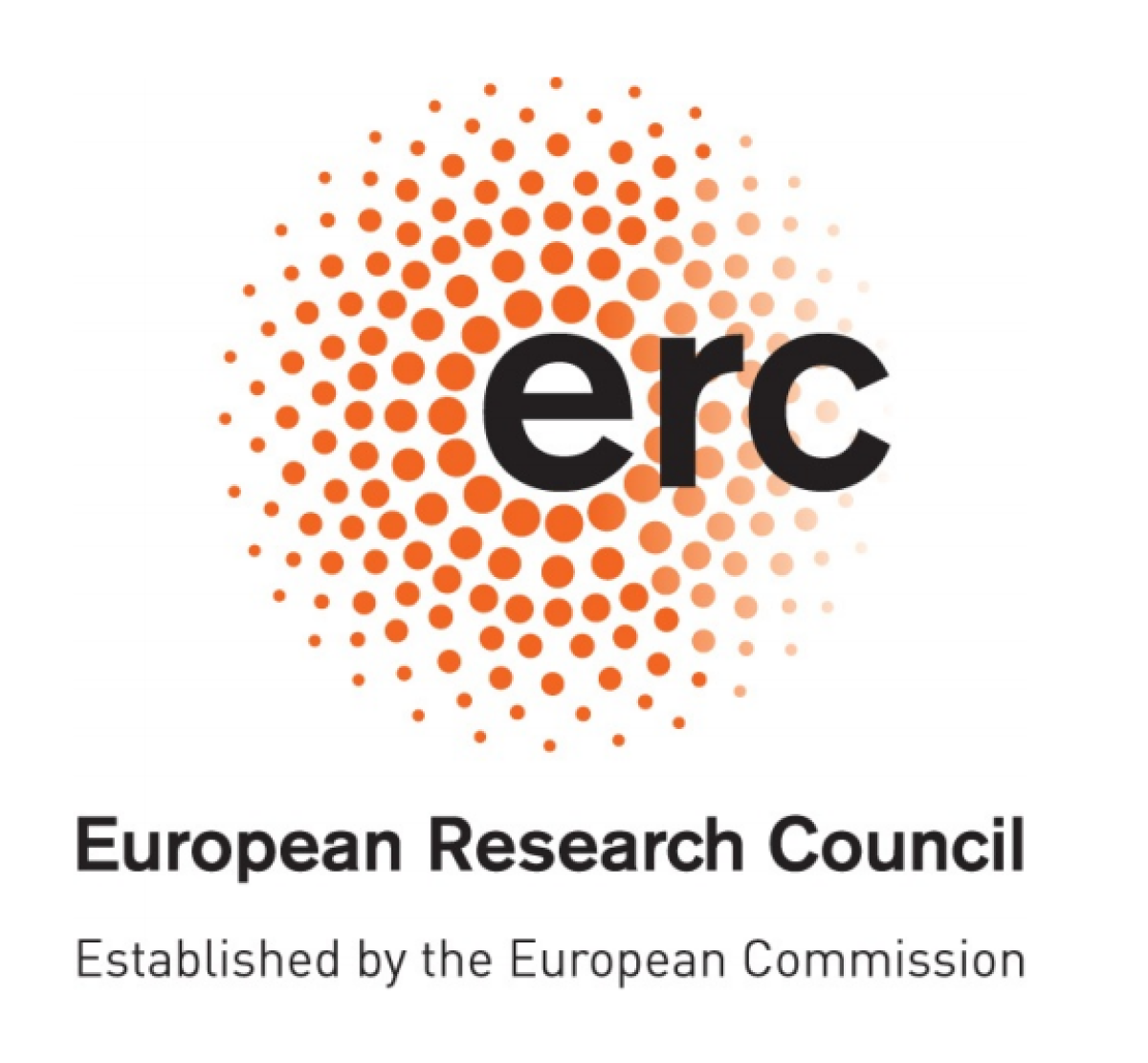Research projects

Mikrowellenplasmaprozess und laserbasierte additive Fertigung zur kreislaufwirtschaftlichen Komponentenherstellung aus End-of-Use-PV-Silizium (MAMBA)
Funding period: 2025 - 2027
In cooperation with:
- Dr Sophie Marie Schnurre; Institute for Environment and Energy, Technology and Analytics e.V.
- Prof Julia Krisitin Hufenbach; Leibniz Institute for Solid State and Materials Research Dresden and Freiberg University of Mining and Technology
Research objective
The MAMBA project aims to establish circular pathways for silicon recovered from end-of-use photovoltaic (PV) modules, with the goal of retaining material value while reducing energy consumption and dependency on critical supply chains. Waste silicon from PV and semiconductor applications is systematically reprocessed and thoroughly characterized to assess its suitability for further manufacturing. A key outcome of the project is the development of an innovative process chain that enables the fabrication of silicon components via laser powder bed fusion (PBF-LB/M).
The project brings together complementary expertise from several research partners. Powder processing is carried out by Dr.-Ing. Sophie Marie Schnurre at the Institut für Umwelt & Energie, Technik & Analytik e. V. (IUTA), Duisburg. Component fabrication via laser powder bed fusion is performed by Prof. Dr. Julia Kristin Hufenbach at the Leibniz Institute for Solid State and Materials Research (IFW), Dresden. The AQM group contributes its expertise in the evaluation of the electronic and transport properties of the fabricated silicon components.
Research objective
Ever since the discovery of topological surface states in three-dimensional (3D) topological insulators (TI), this fascinating physics has thrilled scientists. While arguable the transport properties of 3D TIs are of utmost importance for potential applications, they are extremely difficult to characterize, yet utilize for devices. The reason is that transport in those materials is always dominated by bulk carriers. Within this proposed research project, I will overcome the problem of bulk carrier domination conceptually by a nanoparticle-based materials’ design of interrupted early stage sintering. By this interrupted early stage sintering approach, I compact 3D TI nanoparticles at mild temperature and low pressure. The obtained highly porous macroscopic sample features a carrier density of the surface states in the order of 1018 cm-3, hence in a comparable order of magnitude as the bulk carrier density. Further, the interruptedly sintered nanoparticles impose energetic barriers for the transport of bulk carriers (hopping transport), while the connected surfaces of the nanoparticles provide a 3D percolation path for surface carriers. Within the preliminary work, my group tuned interruptedly sintered nanoparticles into a transport regime completely dominated by the surface states.
Within this project, nanoparticle-based macroscopic 3D TI materials will be developed towards test structures for devices. Their properties will be tailored by the nanoparticle synthesis (Objective 1) and the materials processing of interrupted early stage sintering (Objective 2). This is complemented by an in-depth characterization of the transport as well as spectroscopic properties and data modelling (Objective 3). My group will use this know-how for the fabrication of test devices (Objective 4). This combination will provide the first macroscopic quantum transport devices that utilize the unique electronic properties of surface states, overcoming the problem of bulk carrier domination.
Research objective
Wireless data transmitters with low power consumption are required for the Internet of Things (IoT) in general and medical sensors in particular. The energy supply of such transmitters is based on the use of batteries or inefficient energy generation from radio frequency (RF) waves.
THAWIT aims to develop the world's first wireless transmitter that is powered by compact, integrated thermoelectric energy generation. The following challenges must be overcome to enable self-sufficient operation. The energy consumption of the transmitters must be massively reduced, while the power density of the thermoelectric generator must be significantly increased. A key challenge here is integration in silicon, which limits the choice of possible material compositions. Research into silicon-compatible thermoelectric generators with a power density of over 10 μW/mm2 at a moderate temperature difference of 7 K is one of the key challenges. To achieve this, the geometry and material compositions of the thermoelectric generator must be rigorously optimised. The high output power density requires a large leg length, which influences the choice of photoresist and the deposition parameters of the thermoelectric material. To reduce the thermal conductivity, a new process for the production of the p-doped legs is to be researched. In addition, we are developing a silicon-compatible energy storage device. To enable compatibility with the production technology/equipment at the IFW, this will be realised as a flat, high-performance interdigital micro-supercapacitor in silicon. The memory is based on photolithographically structured sputtered electrodes and a solid-state electrolyte.
Taking into account the charge losses that occur and an available chip area of 2 mm2, the power consumption of the CMOS data transmitter must be around 10 µW. To enable this ultra-low power consumption, directly modulated oscillators with an aggressive duty cycle of 0.1 %, fast switch-on and minimised quiescent losses are being researched. In addition to impedance-matched antennas, inductive antennas that can be integrated directly into the LC resonator of the oscillator are being investigated. A textile-compatible, woven or printed antenna is being developed for the demonstrator. The demonstrator should fulfil the specifications of the Medical Implant Communication Service (MICS). The final goal is to demonstrate data transmission around 400 MHz with a data rate of 1-10 kb/s for distances of up to one metre.
THAWIT combines the complementary expertise of Gabi Schierning, IFW, in the field of thermoelectric components and Frank Ellinger, TUD, in the field of integrated RF circuits with low power consumption.
Verfahren für die kreislaufwirtschafliche Nutzung von Silizium mittels Gasphasen-Synthese - WISENT
Funding period: 01.04.2022 - 31.03.2025
In cooperation with:
- Dr Sophie Marie Schnurre; Institute for Environment and Energy, Technology and Analytics e.V.
- Prof Julia Krisitin Hufenbach; Leibniz Institute for Solid State and Materials Research Dresden and Freiberg University of Mining and Technology
Research objective
Waste products from silicon solar wafer and semiconductor production and applications are used to upgrade them through downstream process steps for use in various applications such as lithium-ion batteries, diodes, thermoelectrics or high-power ceramics.
The focus is on the material and process aspect:
The material must be characterised in detail with regard to further processing. This takes place in a gas phase reactor for nanomaterial production. The continuous conveying of large quantities of powder represents a process engineering challenge. In the reactor, the material is partially freed of impurities and, if necessary, doped. The resulting material is processed into demonstrators using laser beam melting (LBPF), which are electrically characterised in order to verify their usability for the above-mentioned applications.
In addition to the overall economic benefits, companies from the fields of PV recycling, plant engineering, material processing and LBPF end users in particular can benefit directly by expanding their existing manufacturing and product portfolio with corresponding technologies and components. Typically, these segments are often characterised by SMEs: reactors for nanomaterial synthesis, such as those used in this project, are the responsibility of plant manufacturers in the SME sector, as is the design and production of a powder conveyor. LBPF processes enable the prompt provision of functional prototypes and the near-net-shape production of complex components (with corresponding functional integration) that are difficult or impossible to manufacture using conventional production technologies. For SMEs in particular, this has the potential to make supply chains more flexible, reduce storage costs and bridge supply bottlenecks for certain products. The result is efficient on-demand production.



